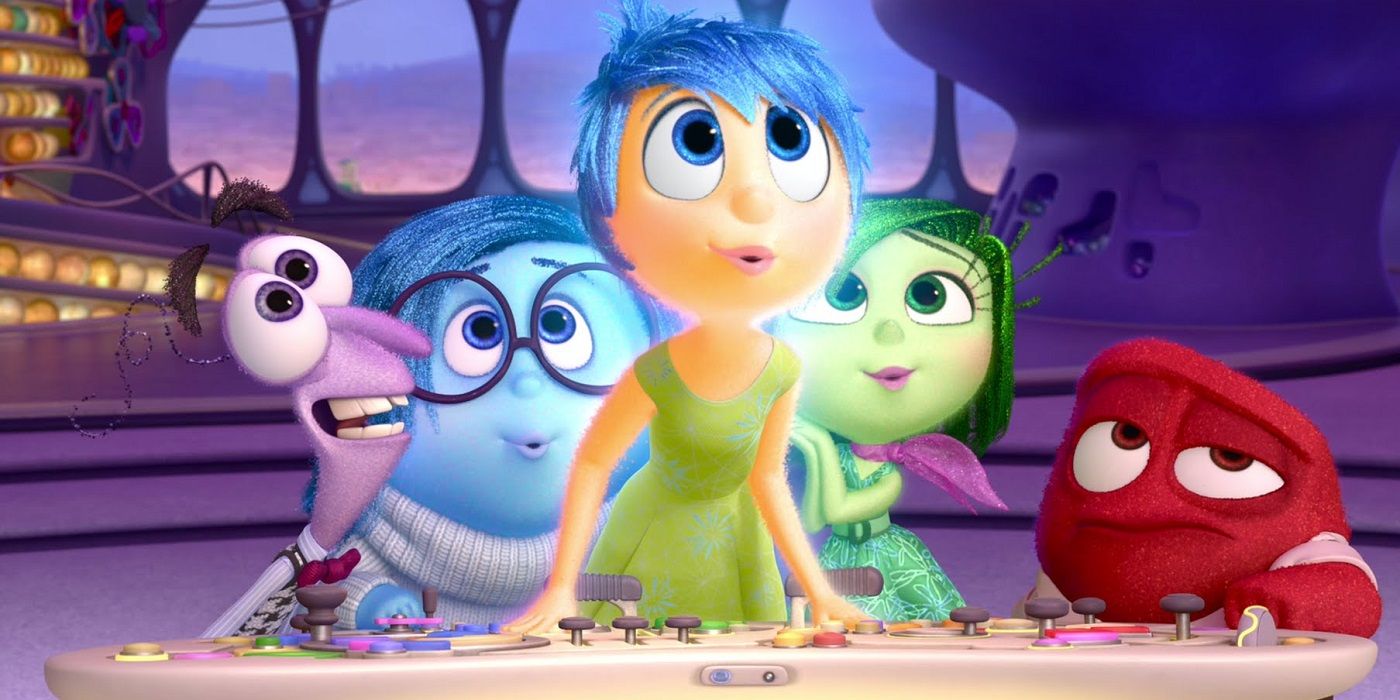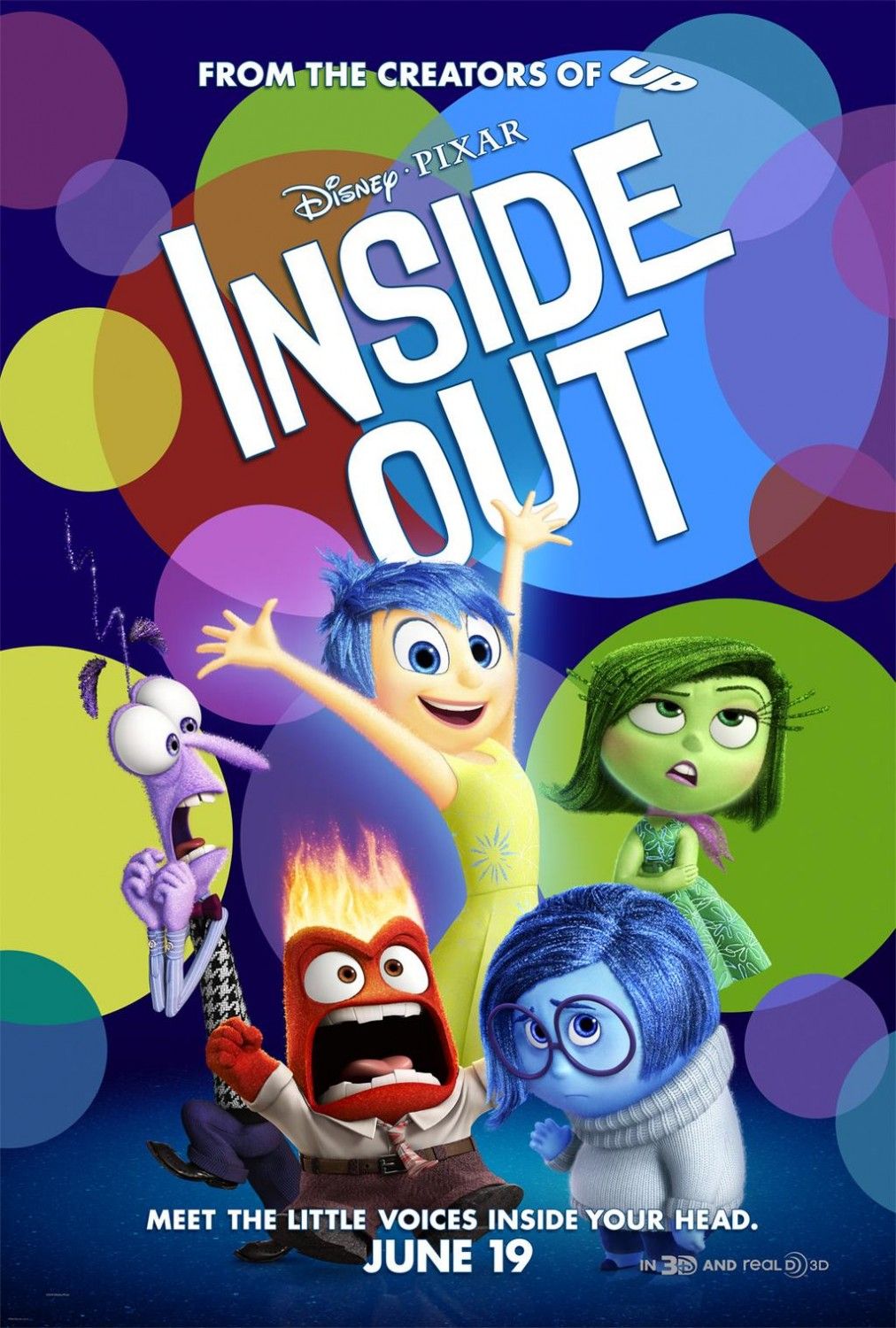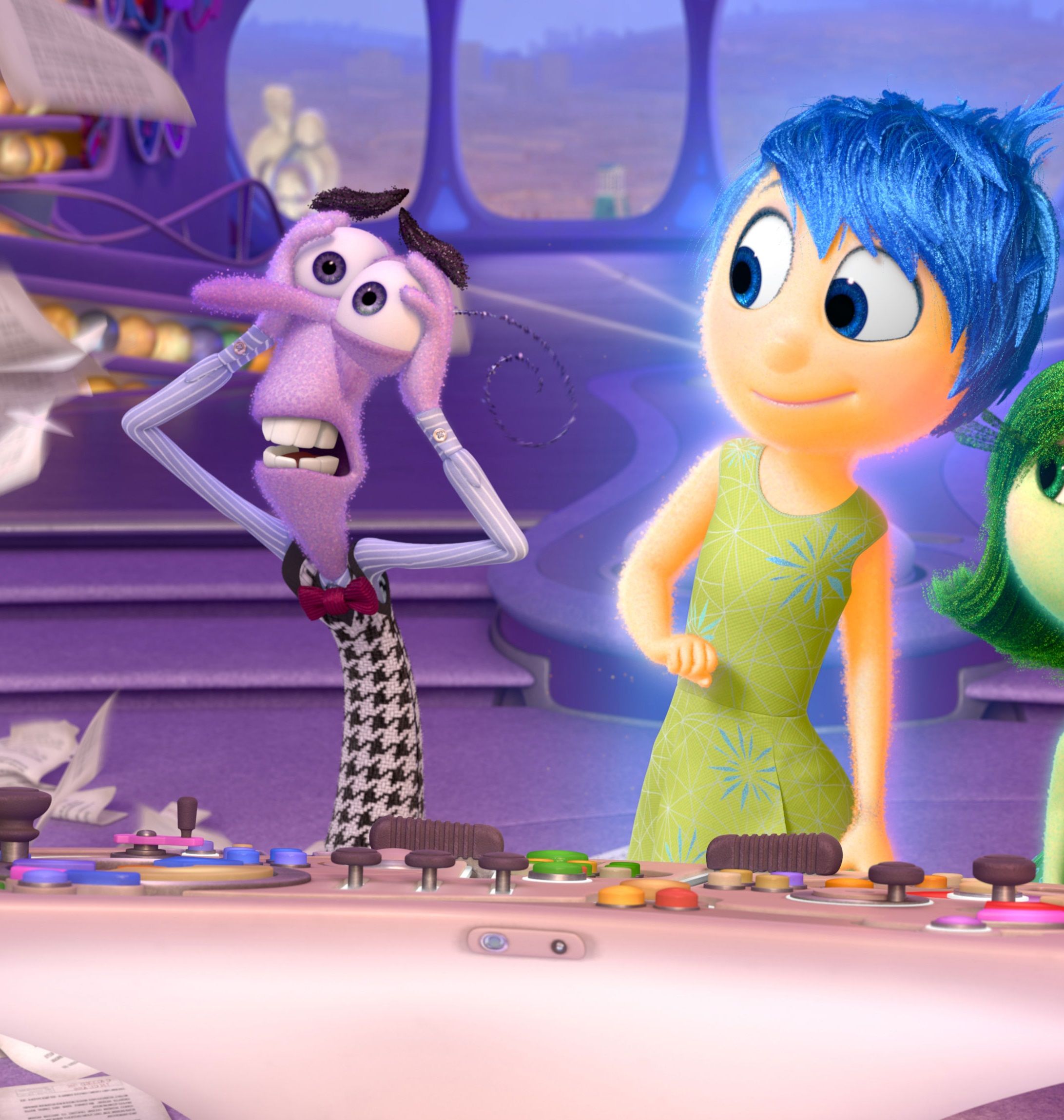MOVIE URBAN LEGEND: "Inside Out" originally featured Joy and an emotion other than Sadness getting lost together.
The 2015 hit Pixar film "Inside Out" followed the voices inside a young girl's head as they influence the life of the girl, who had just had her whole life uprooted when her family moved from Minnesota to San Francisco. The dominant emotion in the girl (Riley)'s life was Joy (played by Amy Poehler), who is obsessed with trying to minimize the role of Sadness (Phyllis Smith) as much as she could. However, when Sadness runs away, Joy has to go save her, leaving the management of Riley's life to Fear (Bill Hader), Anger (Lewis Black) and Disgust (Mindy Kaling), who don't know they are doing and ultimately lead Riley down a destructive path that can only be stopped by Joy and Sadness working together to let Riley cope emotionally with her family's big move.
The film revolves around how Joy has to understand that we all need a little Sadness in our lives, and how it is not a bad thing for our memories of the past to be tinged with a touch of sadness - that's what drives nostalgia, after all. However, the film originally was not going to be about Joy and Sadness at all. Can you guess which two emotions were originally going to star in the film?
It was going to be Joy and Fear who would have their big journey together!
The driving force of the film was director Pete Docter. The movie was produced for Pixar by Jonas Rivera and Ronnie del Carmen, who helped Docter come up with the six "core" emotions after consulting with a Professor of Psychology (they dropped "Surprise", as they felt it was too close to "Fear", so they had their five main emotions). The issue was that as they developed the story with Joy and Fear together, things just weren't clicking. They were getting ready for a big screening with the higher-ups when Docter just felt that nothing was working and he was probably going to be fired, despite his impressive work at Pixar so far (directing "Monsters, Inc." and co-writing "Wall-E"). This ended up inspiring the big change to the film!
Docter explained to National Public Radio:
We had spent almost three years working on the film and I knew that there was an upcoming screening where not only were we going to show it to everybody else at the studio. ... There was this really heavy pressure that whatever we were going to show had to be perfect or at least good enough to move into actual production. And yet, I was sitting there in editorial going, "This is not working."
I was walking around that weekend ... going, "I'm a failure. These other films were flukes. I don't know what I'm doing. I should just quit. What would I miss? I would miss my house and I'd miss going to work." But I think the thing that I realized I would miss most is probably similar to everybody, which is your friends. I thought about it and I realized that the friends that I feel the deepest connection with are the friends that yeah, I've had good times with, but they're also people I've been angry with, that I've had sadness alongside them, I've been scared for them, and it sort of hit me that the very subject matter of the film that I'm dealing with is the key to the most important thing in our lives — and that's our relationships.
We had done all this research showing the job of each individual emotion — fear keeps you safe, it deals with uncertainty; anger is about fairness, if it feels that you're getting ripped off or taken advantage of, that's when anger comes up; sadness deals with loss — and suddenly I had this new revelation, it felt like to me, that those are all true but the real deeper reason we have emotions is to connect us together and that felt big to me.
I suddenly had an idea that we had to get Fear out of there and Sadness connected with Joy, and I ran back, I called producer Jonas Rivera and Ronnie del Carmen, who is our co-director, and we met that Sunday night and I went through this whole spiel with them and I was kind of expecting them to sink into their chairs and bury their hands in their faces because the pressure was pretty great. Instead they totally lit up. So the three of us went to ... the other [Pixar] filmmakers and we said, "Well, we were supposed to show you a screening today, but instead I'm going to tell you what we are planning to do." So the cool thing was they very quickly understood why and were totally on board, why this new thing was an improvement and so they got on board and we moved on. It was a scary moment but it was the right call in the long run.
This is very similar to past Disney films that had dramatic changes made to their story late in the game, like "Beauty and the Beat" being reworked to make Belle more of a feminist and "Toy Story" being re-written to make Woody less of a jerk.
The screening was canceled and then they had to make the pitch behind their changes and also convince the higher-ups that kids would understand the movie. Obviously, everything worked out okay, as the Joy and Sadness pairing ended up being the centerpiece of the film and the film was a huge hit. It goes to show that taking a risk can be the right way to go.
The legend is...
STATUS: True
Thanks to Pete Docter for the information!
Be sure to check out my archive of Movie Legends Revealed for more urban legends about the world of films. Click here for legends specifically about Disney films.
Feel free (heck, I implore you!) to write in with your suggestions for future installments! My e-mail address is bcronin@legendsrevealed.com.



